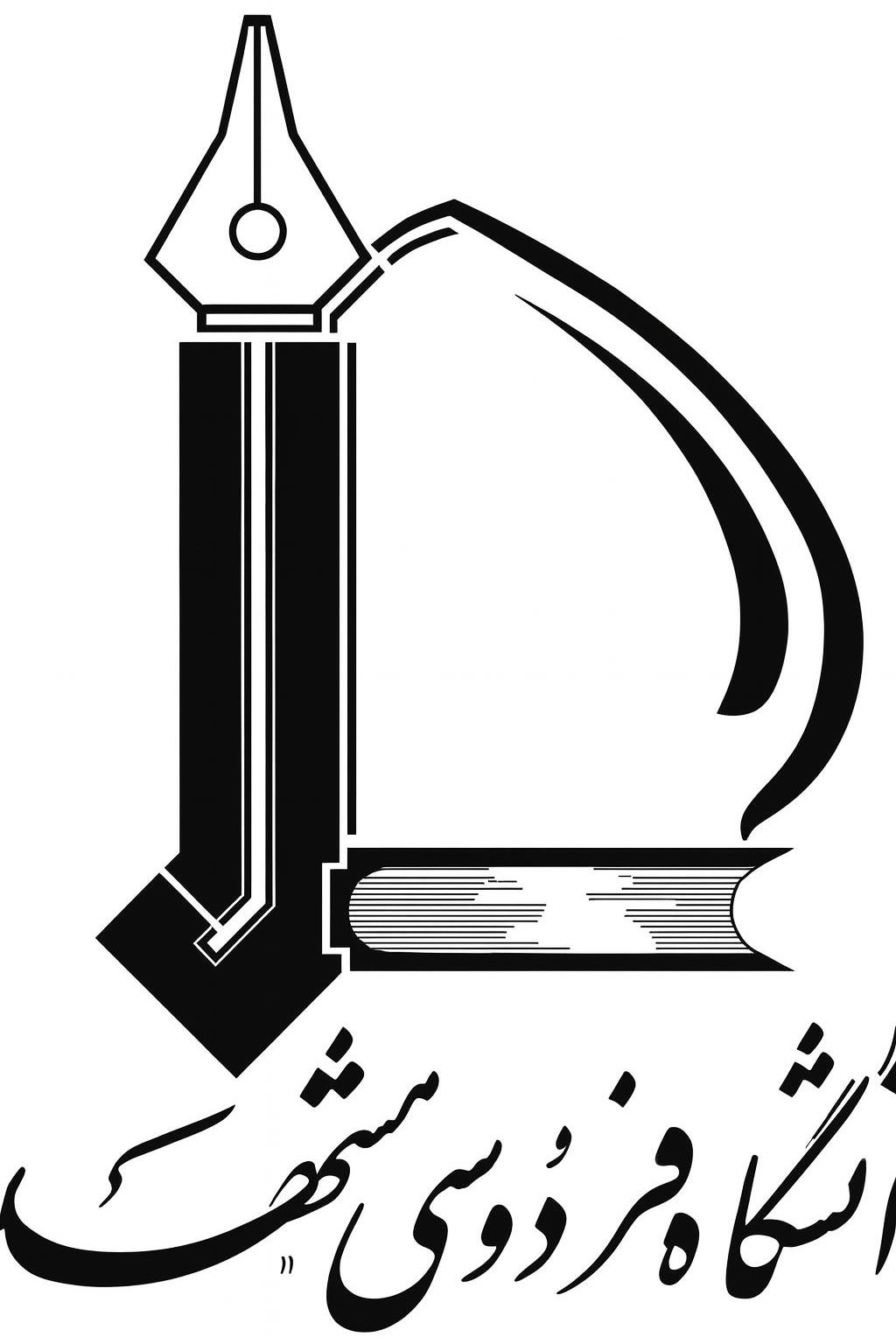Title : ( Evaluating Effect of Continuous and Supplementary Irrigation Regimes on Vegetative and Reproductive Growth of Quinoa )
Authors: Mahsa Aghhavani Shajari , Morteza Ghorbany , Hamid-Reza Fallahi , Sohrab Mahmoodi , Seyyed Hamid Reza Ramazani ,Abstract
Quinoa is a nutritious pseudo-cereal with considerable tolerance to various environmental stresses, making it a promising candidate for introduction into Iran’s agro-systems. In this study, effect of seven irrigation treatments on growth and yield of quinoa was investigated at the Sarayan Agricultural Faculty, during 2017. Irrigation treatments included continuous irrigation (CI) during the growing season with intervals of 1, 2, and 3 weeks (CI- 1W, CI-2W, and CI-3W, respectively), supplementary irrigation (SI) with 1, 2, and 3 times during the last month of plant growth (SI-1T, SI-2T, and SI-3T, respectively) and stopping irrigation after plant emergence (SIAE: Just two times irrigation for germination and emergence). The effect of irrigation management was significant on chlorophyll index (measured by SPAD meter: Soil Plant Analysis Development), panicle length (PL), 1000-grain weight, biological yield (BY), seed yield (SY), and harvest index (HI). Irrigation management affected all measure parameters, such as SI, in particular SI3T, which improved the amount of SPAD compared to the other treatments. The highest PL was gained in CI treatments, while there was no significant difference between all SI treatments with SIAE. The best treatment in terms of BY, was CI-1W (2440 kg/ha) followed by CI-2W and CI-3W, while SIAE showed the lowest BY (1092 kg/ha). SY for both CI (250, 211, and 245 kg/ha for CI-1W, CI-2W, and CI-3W, respectively) and SI (225, 173 and 143 kg/ha for SI-3T, SI-2T, and SI-1T, respectively) managements was more than SIAE (78 kg/ha). SI had a positive effect on HI, thereby the highest value of this index was gained in SI- 3T (21.6%) and SI-2T (18.5%). In summary, quinoa showed substantial tolerance to drought stress, producing viable SY even under semi-rainfed (SIAE) conditions. These results highlight quinoa’s potential as a robust crop for arid and semi-arid regions, where water availability is a limiting factor.
Keywords
, Chlorophyll index; drought stress; grain yield; new crops; panicle, pseudo-cereal.@article{paperid:1104124,
author = { Aghhavani Shajari, Mahsa and مرتضی قربانی and حمیدرضا فلاحی and سهراب محمودی and سید حمیدرضا رمضانی},
title = {Evaluating Effect of Continuous and Supplementary Irrigation Regimes on Vegetative and Reproductive Growth of Quinoa},
journal = {agriTECH},
year = {2025},
volume = {45},
number = {3},
month = {August},
issn = {0216-0455},
pages = {256--265},
numpages = {9},
keywords = {Chlorophyll index; drought stress; grain yield; new crops; panicle; pseudo-cereal.},
}
%0 Journal Article
%T Evaluating Effect of Continuous and Supplementary Irrigation Regimes on Vegetative and Reproductive Growth of Quinoa
%A Aghhavani Shajari, Mahsa
%A مرتضی قربانی
%A حمیدرضا فلاحی
%A سهراب محمودی
%A سید حمیدرضا رمضانی
%J agriTECH
%@ 0216-0455
%D 2025


